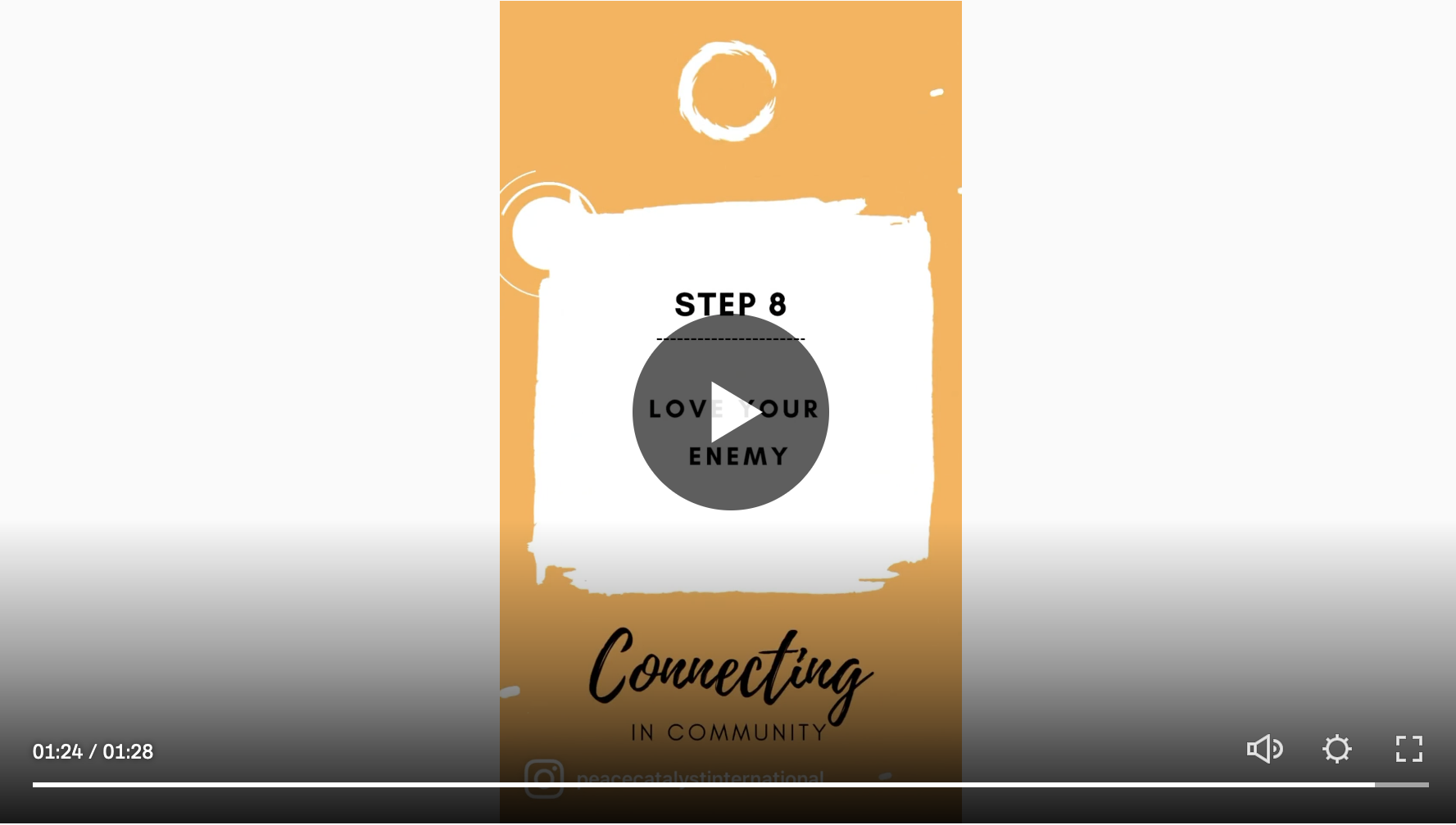LATEST POSTS
Our Emotions in Conflict: Dignity, Identity, and Humiliation
In conflict, being intentional about making the other person feel that they are being treated with dignity is a way to positively transform the situation. In other words, avoid making someone feel humiliated. French author Antoine Sant-Exupéry wrote, “I have no right to say or do anything that diminishes a man in his own eyes. What matters is not what I think of him, but what he thinks of himself. Hurting a man in his dignity is a crime.” So how do we avoid making someone feel humiliated? Read on!
Want to Be More Empathetic? Ask These 2 Questions
In the increasingly globalized and diversified world we find ourselves in, our psychological tendency to become entrenched in whatever we believe seems to do us more harm than good. So how can we work to challenge this? Here are a couple ideas.
Living With Integrity and Practicing Ethical Multi-Faith Relationships
In order to engage in authentic and meaningful multi-faith peacebuilding and spiritual conversations, we have to build and maintain trust, and that means living with integrity. What does that mean, and how do we practically do that? Here are some practical suggestions.
Sacred Values and ‘Us’ vs ‘Them’: How to Listen Across Lines of Difference
Our brains are wired to categorize people into groups based on the beliefs and values that make up our identity. Our ability to respond with empathy when someone experiences pain is based on our brain’s categorization of “us” and “them.” However, there are ways to get around this.
Tackling Conflict: A 6-Session Conflict Transformation Workshop Series
Together with our good friend and colleague Orhan Hadžagić, we’re hosting our first 6-week workshop series in September and October on conflict transformation. Learn more about it, and contact us to bring the workshops to your community.
Getting Started With Community Peacebuilding: The Journey of Loving Your Neighbor and Transforming Your Community
How do we kindle the compassionate desire to love and serve our neighbors, while also learning that loving them means transformig the underlying conditions and conflicts causing harm? Learn about Peace Catalyst’s three-fold approach to community peacebuilding.
Connecting in Community Step 10: CELEBRATION SUSTAINS US
Sometimes, peacebuilding can be hard, and there’s so much conflict and division in our world that we can easily get stuck in the hurt, so making space to celebrate what’s good and beautiful helps us to slow down, care for ourselves, and remind ourselves of the future we’re working toward. Here are some suggestions for practicing this:
Connecting in Community Step 9: TAKE ACTION FOR CHANGE
Step 9 to connecting in your community is to TAKE ACTION FOR CHANGE. We believe that part of our job as peacebuilders is working for justice in our communities. Restoring relationships is the heart of our work, but violence and unequal systems and cultures also need to be transformed.
Connecting in Community Step 8: LOVE YOUR ENEMY
A core element of peacebuilding is helping those who perceive each other as enemies to choose peace, reconcile, and find a way forward together. If we’re going to help others reconcile, we also need to do the hard work of practicing it ourselves.









